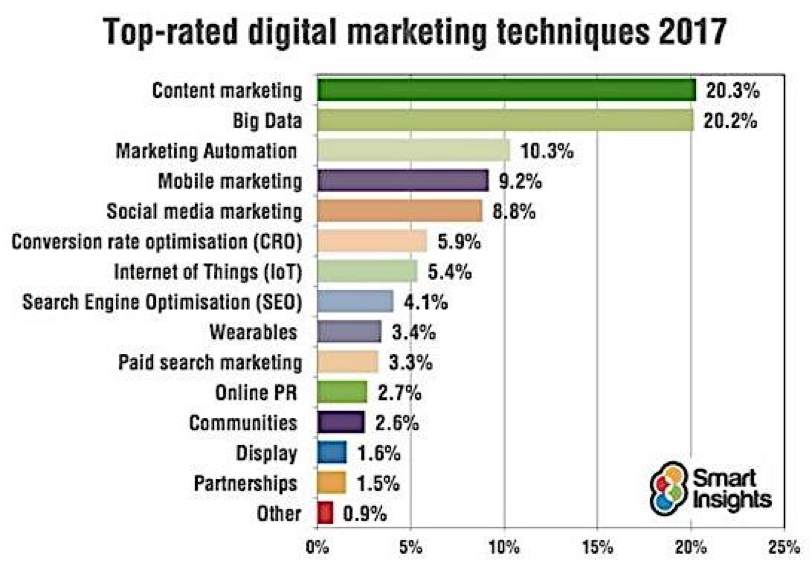Advancements In Pediatric Dental Care: Historic Advancements, Current Condition, And Future Directions
Advancements In Pediatric Dental Care: Historic Advancements, Current Condition, And Future Directions
Blog Article
Writer-Pilgaard Rouse
As you explore the complex trip of pediatric dentistry, mapping its evolution from the past to the here and now and glimpsing into the future, you'll uncover a tapestry woven with technology and care. From historical turning points to current patterns and future opportunities, the landscape of pediatric oral care is ever-changing and full of potential. All set to discover the secrets of exactly how this field continues to adapt and prosper, making sure brighter smiles for generations to come?
Historic Turning Points in Pediatric Dental Care
Throughout background, pediatric dental care has seen substantial improvements and landmarks that have formed the field right into what it's today. One critical turning point was the establishment of the first dental university in 1840, where dentistry began to be identified as a specialized area needing specific knowledge and skills. As mouse click the up coming article evolved, the early 20th century saw the intro of dental X-rays, changing diagnostics and therapy preparation for pediatric people. Additionally, the growth of fluoride therapies in the mid-20th century considerably enhanced preventive treatment and minimized the prevalence of tooth decay in youngsters.
Another milestone in pediatric dentistry was the creation of the American Academy of Pediatric Dentistry in 1947, which aimed to advertise optimal dental health for children. This organization played an essential role in setting standards for pediatric dental treatment and progressing study in the field. These historic landmarks laid the foundation for contemporary pediatric dental care, stressing the significance of specialized care for youngsters's dental health.
Current Trends in Pediatric Dental Treatment
Incorporating cutting-edge innovation and customized preventive methods, contemporary pediatric dental treatment remains to adapt to the advancing requirements of young clients.
The adhering to trends showcase the existing landscape of pediatric dental care:
1. ** Digital Dentistry **: Digital impressions, 3D imaging, and CAD/CAM modern technology are reinventing the way pediatric dentists identify and treat oral health issues in children. These developments enhance accuracy, performance, and patient convenience throughout oral procedures.
2. ** Tele-Dentistry **: With the surge of telemedicine, tele-dentistry has become a convenient means for pediatric dental practitioners to provide examinations, follow-ups, and also certain therapies remotely. This technique enhances access to care, specifically for patients in rural or underserved areas.
3. ** Preventive Emphasis **: Pediatric dental care currently puts a more powerful focus on safety nets such as sealers, fluoride therapies, and very early orthodontic interventions. By advertising Fluoride Treatments for Children and routine dental check outs from a young age, professionals aim to stop oral concerns before they rise.
Future Innovations in Pediatric Dental Care
Looking in advance, pediatric dentistry is positioned to introduce cutting-edge modern technologies and innovative approaches to additionally boost the dental health care of young patients.
One interesting innovation imminent is the use of 3D printing in creating custom-made oral home appliances like dental braces and mouthguards, offering a more specific and comfy suitable for youngsters.
In addition, virtual reality (VIRTUAL REALITY) technology is being explored to help reduce dental anxiousness in young individuals by offering immersive disturbances during treatments.
Nanotechnology is an additional location of passion, with the possible to establish nanomaterials that can remineralize teeth and stop cavities better.
Tele-dentistry is likewise acquiring traction, allowing for remote consultations and surveillance, which can especially benefit youngsters in rural or underserved areas.
Additionally, hereditary screening might quickly play a role in personalized precautionary treatment, determining children's predispositions to particular dental health conditions.
These developments signify an interesting future for pediatric dental care, promising enhanced results and experiences for the youngest dental clients.
Conclusion
As you reflect on the development of pediatric dental care, bear in mind that advancements in innovation and personalized treatment remain to shape the field.
Causes of Dental Malocclusion named Emily, that gained from a 3D published oral appliance that completely fit her one-of-a-kind demands, ensuring her convenience and oral health and wellness.
The future of pediatric dentistry holds interesting opportunities, supplying ingenious services to enhance the oral experiences of young patients like Emily.
